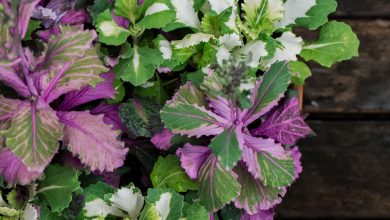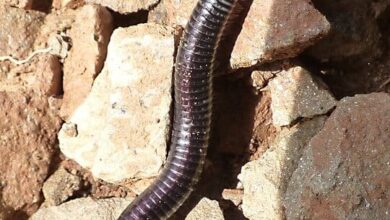Sowing depth of the seeds How to plant vegetables?
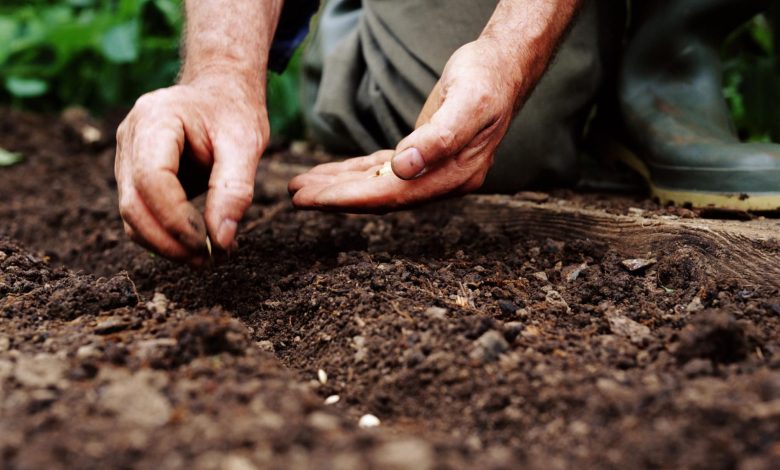
How deep should a seed be sown? How many centimeters do you have to bury the seeds for the sowing of tomatoes, lettuce, potatoes and other garden plants? Why is planting depth important and what influences it?
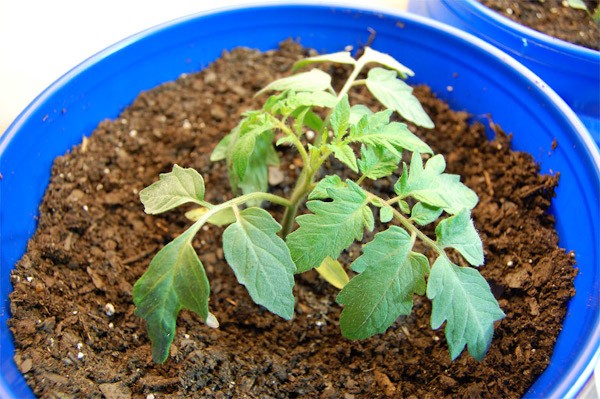
Today we will try to answer all these questions to learn how to plant vegetables, the first step and one of the most important for the proper development of garden plants.
What is planting depth and why is it important?
The proper planting depth is one that places the seed where it can absorb enough water for germination and not subsequently dry out.
The depth at which the seeds are buried in the soil during sowing is very important, since the time it takes for the plant to come to the surface and its vigor depend on this.
To sow vegetables (plants, in general, quite delicate), it is very important that the seeds are buried in the substrate at the right depth. As we will see throughout the post, this depth depends on the size of the seed.

If the sowing depth is not sufficient, that is, if the seeds are too shallow, it is very possible that they will not germinate, since the surface of the soil is drier and they may not be able to stay at the right humidity for long enough. If they do, the sprouts (much more delicate than the leaves) will come to the surface too soon and the plants can also dry out before they start to grow due to the dehydration of those first tissues or the roots.
Conversely, what happens if a seed is sown too deep? If small seeds are planted too deep, the plant must use a lot of energy to reach the surface, so it will emerge weaker, without strength, and will have less energy for leaf production.
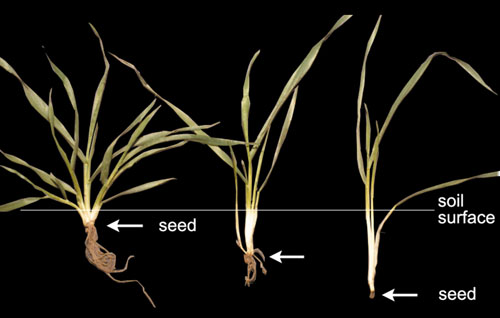
As can be seen in the plants in the image (all from seeds sown on the same day), development is lower if the depth of planting is excessive compared to the size of the seed.
Plants from seeds sown more shallowly are larger and have more leaves than those that emerge from greater depth. In the long term, these differences will be reflected in the yield and, therefore, in the number of fruits or seeds.
How deep to sow the seeds
To sow plants from the orchard (both for sowing in seedbeds and for direct sowing in the definitive land), the seeds must each be introduced into a small hole or hole made in the ground and deposit on them a layer of soil that has a thick enough to protect them.
Each seed, depending on its size, has a different planting depth. Broad beans or pumpkin seeds, for example, as they are larger, should be buried deeper than other smaller ones such as tomato, lettuce or carrot seeds, which are buried closer to the surface.
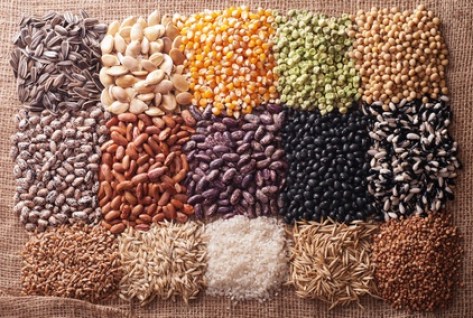
Planting depth depends on the size of the seeds. Generally speaking, the layer of soil covering the seeds should be 2-3 times the size of the seeds.
If it is very hot and the topsoil dries out too quickly, the seeds can be buried a little deeper, and the same if there are problems with birds eating them.
How deep is lettuce planted?
To plant lettuce, the seeds must be buried very close to the surface. Due to the small size of the seed and roots, the planting depth of lettuce is very small, from 3 to 5 millimeters (it should never exceed 1 centimeter).
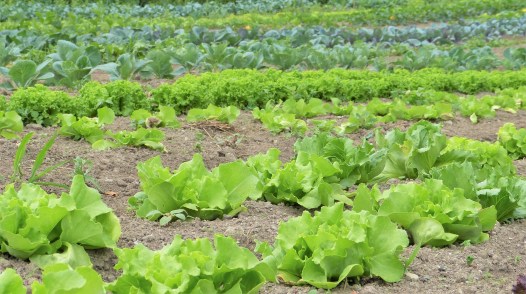
Tomato planting depth
To plant tomatoes, the first thing is to know how deep the tomato seed is planted. As we saw in the post on how to sow tomatoes step by step, the seeds should be buried at a depth of 2 or 3 times their size, that is, approximately half a centimeter from the surface.

It is important to make seedlings and to have the plants a little overgrown before planting tomatoes in the garden or growing containers.
How deep are the potatoes buried for planting?
The planting depth for potatoes should be around 6-8 cm. It is recommended to bury the potatoes at a shallower depth (4-5 cm) when the tubers already have sprouts and also in cold or fairly moist soils.
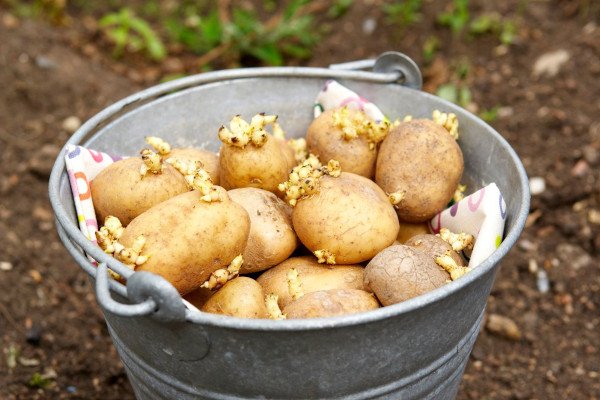
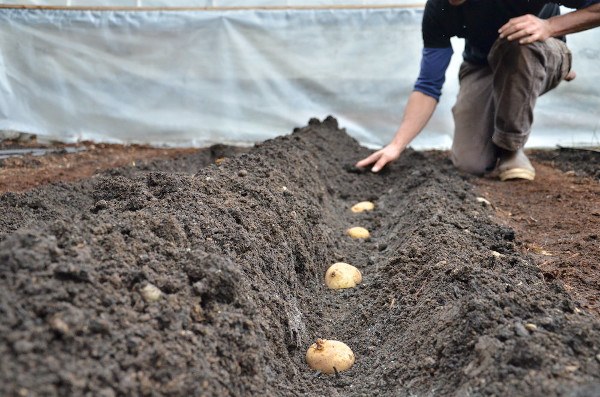
To plant potatoes, you can put the whole potato in the ground or break it into several portions and bury the potato pieces where the buds or «eyebrows» are. (More details on planting potatoes in the post How to Regrow Potatoes: Planting Potatoes in 5 Steps).
Depth to plant pumpkins
Pumpkins have fairly large seeds compared to other vegetable seeds, which is why the pumpkin seeding depth is greater than that of other vegetables: the pumpkin seed should be buried about 3 cm from the surface of the soil.
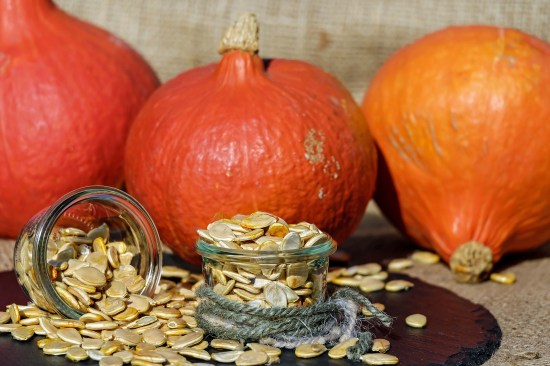
The pumpkin is a creeping plant that spreads along the ground and needs a lot of space to develop, which is why the distance between pumpkins or planting frame is also large. A minimum distance of one meter between pumpkin seeds is necessary (50 cm in the case of dwarf varieties that spread less).
Sowing depth of garden plants
The following table specifies the approximate depth at which the seeds of the garden plants must be buried, as well as the time they will take to germinate.
| Crop | sowing depth | germination time |
|---|---|---|
| Basil | 2-4mm | 8-10 days |
| Chard | 2-3cm | 10-15 days |
| Celery | 3-5mm | 20-25 days |
| Garlic | 4cm | 10-12 days |
| Eggplant | 1-2cm | 10 days |
| Broccoli | 3mm | 7-10 days |
| Zucchini | 2-3cm | 5-8 days |
| Pumpkin | 3cm | 6-10 days |
| Onion | 3-4mm | 8-12 days |
| Cauliflower | 3mm | 7-10 days |
| Spinach | 2cm | 5-7 days |
| Broad beans | 5-10cm | 10-20 days |
| Green beans | 4cm | 6-10 days |
| Lettuce | 3mm | 6-8 days |
| Corn | 2-4cm | 6-8 days |
| Cantaloupe | 2-3cm | 6-8 days |
| Potato | 5-10cm | 6-12 days |
| Cucumber | 2cm | 6-9 days |
| Pepper | 4mm | 8-10 days |
| Leek | 0.5-1cm | 10-14 days |
| Radish | 2cm | 4-5 days |
| Beetroot | 1-2cm | 8-10 days |
| cabbage or cabbage | 1-1.5cm | 5-8 days |
| Watermelon | 2-4cm | 6-8 days |
| Tomatoes | 0.5-1cm | 6-10 days |
| Carrot | 1cm | 8-12 days |
How to sow and plant in the garden
In addition to the depth of the seeds, there are other basic aspects when sowing or planting. It is important to respect the planting season (which is different for winter or spring-summer vegetables) and the creation of seedbeds.

Although it is not always necessary, prior sowing of the seeds in seedbeds is recommended for many garden plants (especially the most delicate or demanding ones) such as tomatoes, peppers, onions, lettuce or pumpkins. About a month and a half to two months after sowing, the seedlings will be transferred to the final container or plot by means of the transplanting operation. In the post on how to make a seedbed step by step we saw more details about these first cultivation tasks.
Another important aspect when sowing or planting is the distance between plants in the garden.

The distance between plants (or distance between seeds, if direct sowing) must be sufficient so that neither the roots nor the leaves come together when the plants grow, so it depends on the size of the aerial part and the root system of the different vegetables. (More details on this in the post on Planting Distances).
References
- Grassbaugh, EM & Bennett, MA, 1998. Factors affecting vegetable stand establishment. Scientia Agricola, vol. 55, p. 116-120
- Martínez, SL, 2007. Technological Set for the Production of Salad Tomato. Chapter: «Sowing». Publication 166 (June 2007). Agricultural Experimental Station of the University of Puerto Rico.
- Vallés, 2009. The urban garden. Organic cultivation manual on balconies and terraces. Rowan Editions. ISBN: 9788476285695.
- Brochard, D., 2010. Seeding. Tikal Editions. ISBN: 978-84-92678-80-8.
- García González de Lena, G., 2014. Guide to fresh potato cultivation in Asturias. Regional Service for Agri-Food Research and Development (SERIDA), Ministry of Livestock Farming and Native Resources of the Principality of Asturias (Spain).

![Photo of Guano: [Fertilizer, Benefits, Nutrients and How to Prepare It]](https://www.complete-gardening.com/wp-content/uploads/2022/08/guano-fertilizer-benefits-nutrients-and-how-to-prepare-it-390x220.jpg)
![Photo of Iresine: [Cultivation, Irrigation, Care, Pests and Diseases]](https://www.complete-gardening.com/wp-content/uploads/2022/08/iresine-cultivation-irrigation-care-pests-and-diseases-390x220.jpg)
